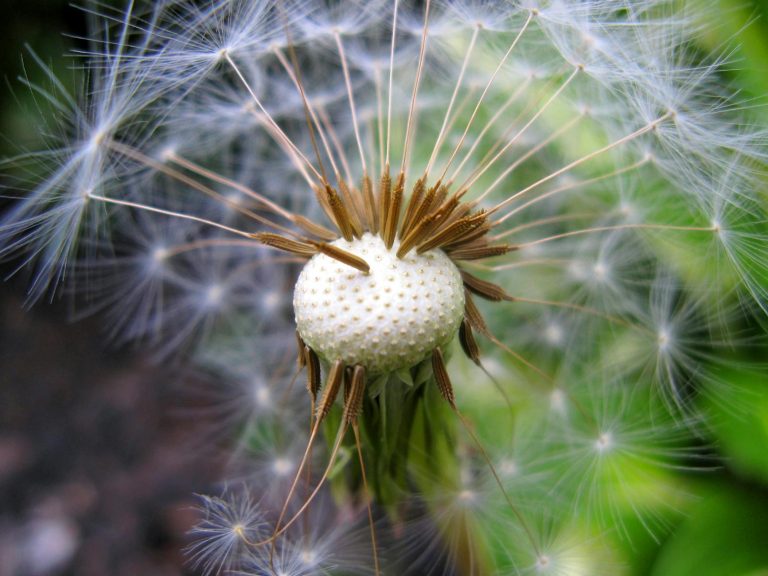Weed-Repelling Plants: 7 Natural Solutions
Looking to keep weeds at bay in your garden? Look no further than these weed-repelling plants! Lavender, mint, marigold, and rosemary not only add beauty and fragrance but also act as natural deterrents to unwanted weeds, making them essential additions to your landscape.
Natural Solutions for Weed Control: Discover 7 Weed-Repelling Plants
When it comes to maintaining a beautiful garden or landscape, unwanted weeds can often be a persistent issue. However, instead of relying solely on chemical herbicides, there are natural and eco-friendly alternatives that can help in controlling weeds effectively. One such solution is utilizing weed-repelling plants. These plants not only add beauty to your garden but also serve as a natural deterrent to common weeds. By incorporating these plants into your garden design, you can create a more sustainable and organic approach to weed control. Here are seven weed-repelling plants that you can consider integrating into your garden landscape.
Lavender
Lavender is not only a fragrant and visually appealing plant but also acts as a natural weed deterrent. Its strong aroma can help repel common garden pests and weeds. Planting lavender around your garden beds or along pathways can discourage weed growth and add a pop of color and fragrance to your outdoor space.
Mint
Mint is another excellent option for controlling weeds naturally. Its fast-growing nature and dense foliage make it an effective ground cover that can help suppress weed growth. Planting mint in areas where weeds tend to thrive can help prevent their invasion while adding a refreshing scent to your garden.
Marigold
Marigolds are known for their vibrant colors and pest-repelling properties. In addition to deterring pests, marigolds also release chemicals from their roots that can inhibit the growth of some weed species. Planting marigolds in between vegetable or flower beds can help keep weeds at bay while attracting beneficial insects to your garden.
Rosemary
Rosemary is not just a versatile culinary herb but also a natural weed inhibitor. Its strong scent can help repel weeds and pests, making it a valuable addition to any garden. Planting rosemary in pots or near garden borders can provide both functional and aesthetic benefits while assisting in weed control.
Chrysanthemum
Chrysanthemums, with their beautiful blossoms, are effective in naturally controlling weeds. These colorful flowers contain compounds that can act as natural herbicides, inhibiting the growth of weeds in the surrounding area. Planting chrysanthemums strategically in your garden can help combat weed infestations while adding a splash of color to your landscape.
Sunflowers
Sunflowers are not only a striking addition to any garden but also serve as natural weed suppressors. Their tall stature and broad leaves create dense shade that can inhibit weed growth by limiting sunlight and space for weed seedlings to thrive. Planting sunflowers along garden borders or in areas prone to weed invasion can provide an attractive barrier against unwanted vegetation.
Nasturtium
Nasturtiums are versatile plants that not only add beauty to your garden with their bright flowers but also help in weed control. These plants release chemicals that can deter pests and inhibit the growth of certain weed species. Planting nasturtiums in hanging baskets, containers, or along garden edges can help protect your garden against weed infestations.
Incorporating weed-repelling plants into your garden design can offer a natural and sustainable approach to weed control. By harnessing the natural properties of these plants, you can create a healthier and more eco-friendly environment for your garden to thrive. Whether you are looking to enhance the aesthetic appeal of your outdoor space or combat persistent weed issues, these seven plant options can serve as valuable allies in your gardening endeavors. Embrace the power of nature’s solutions and cultivate a flourishing garden with the help of weed-repelling plants.






